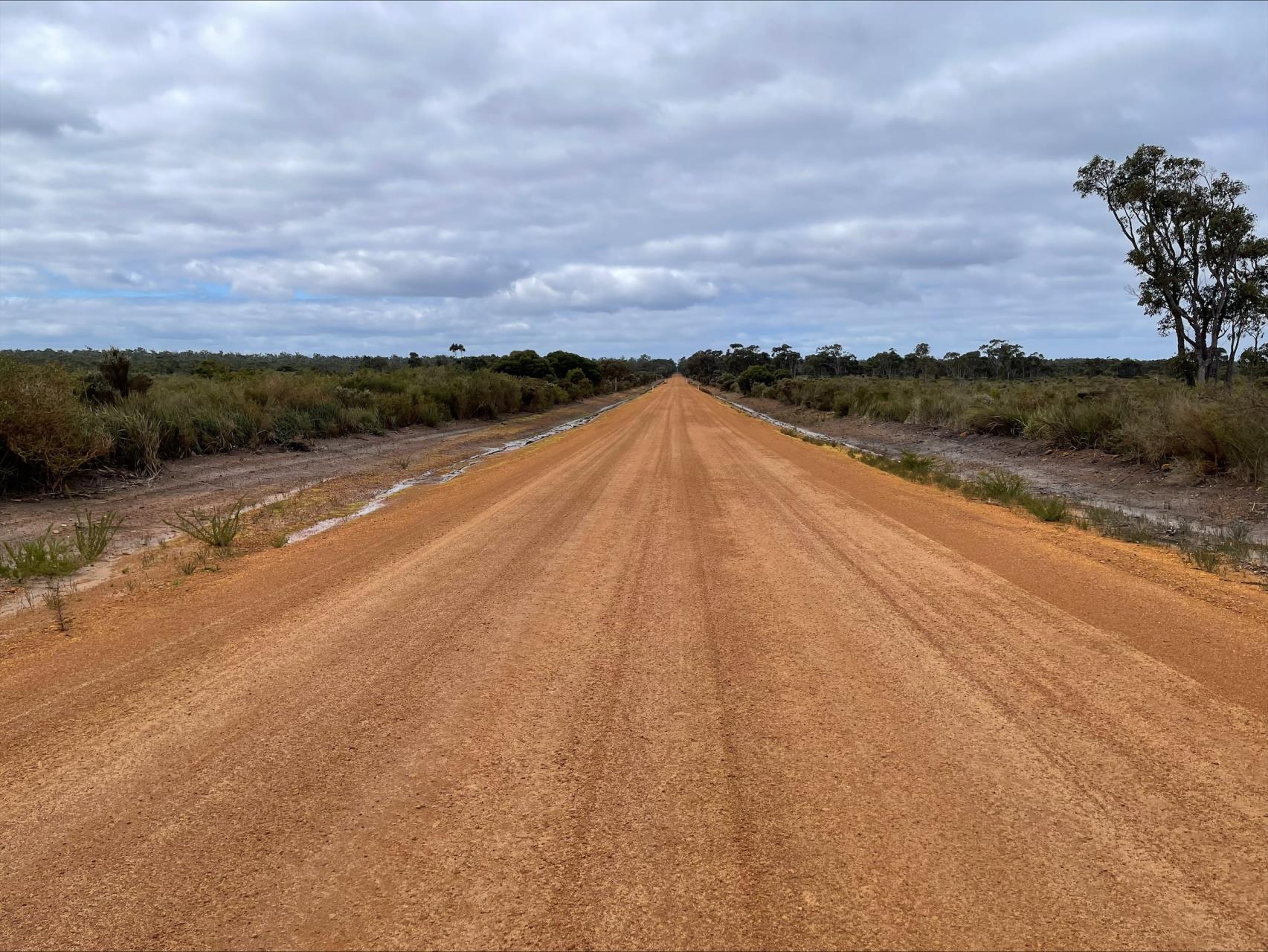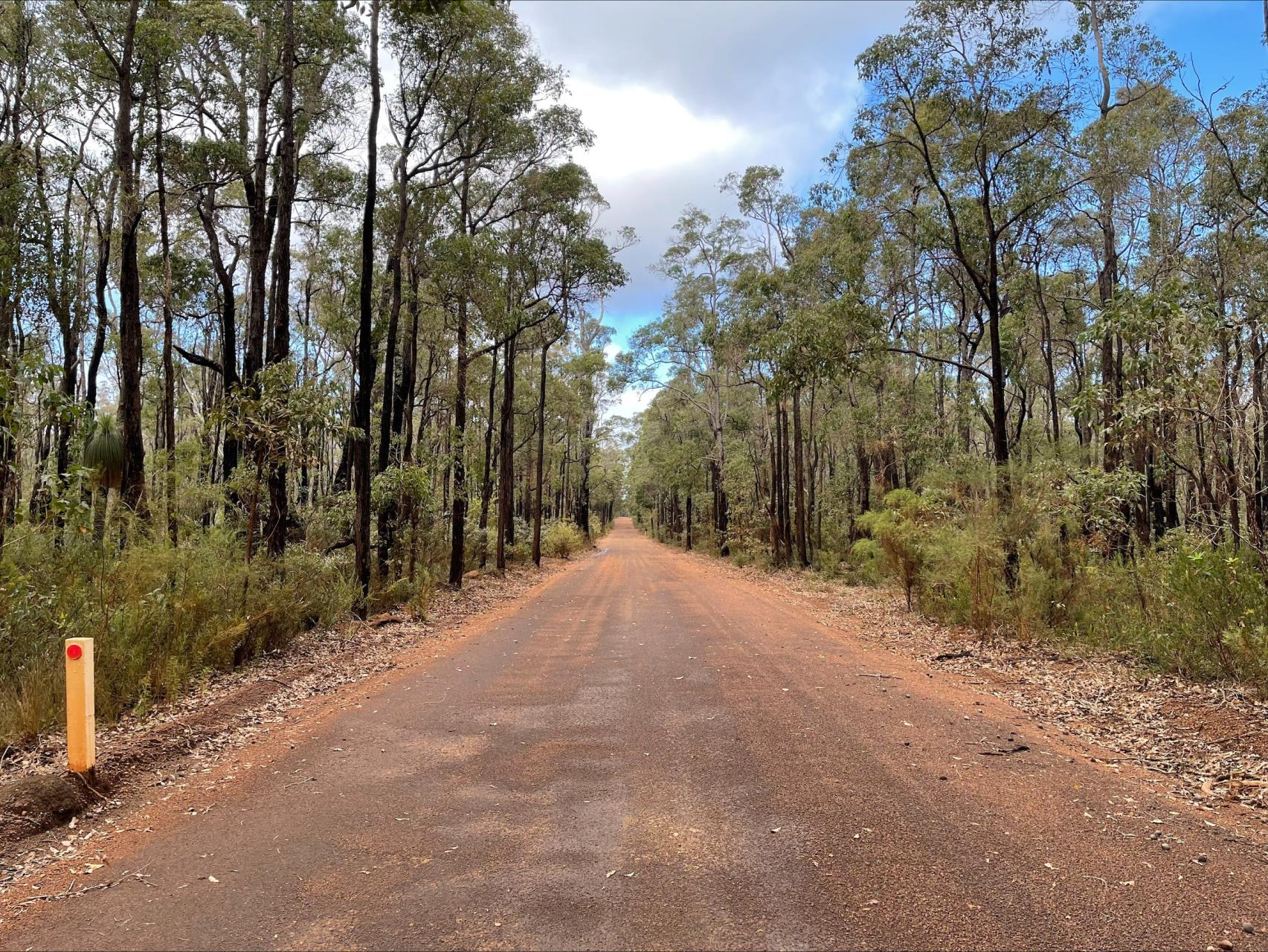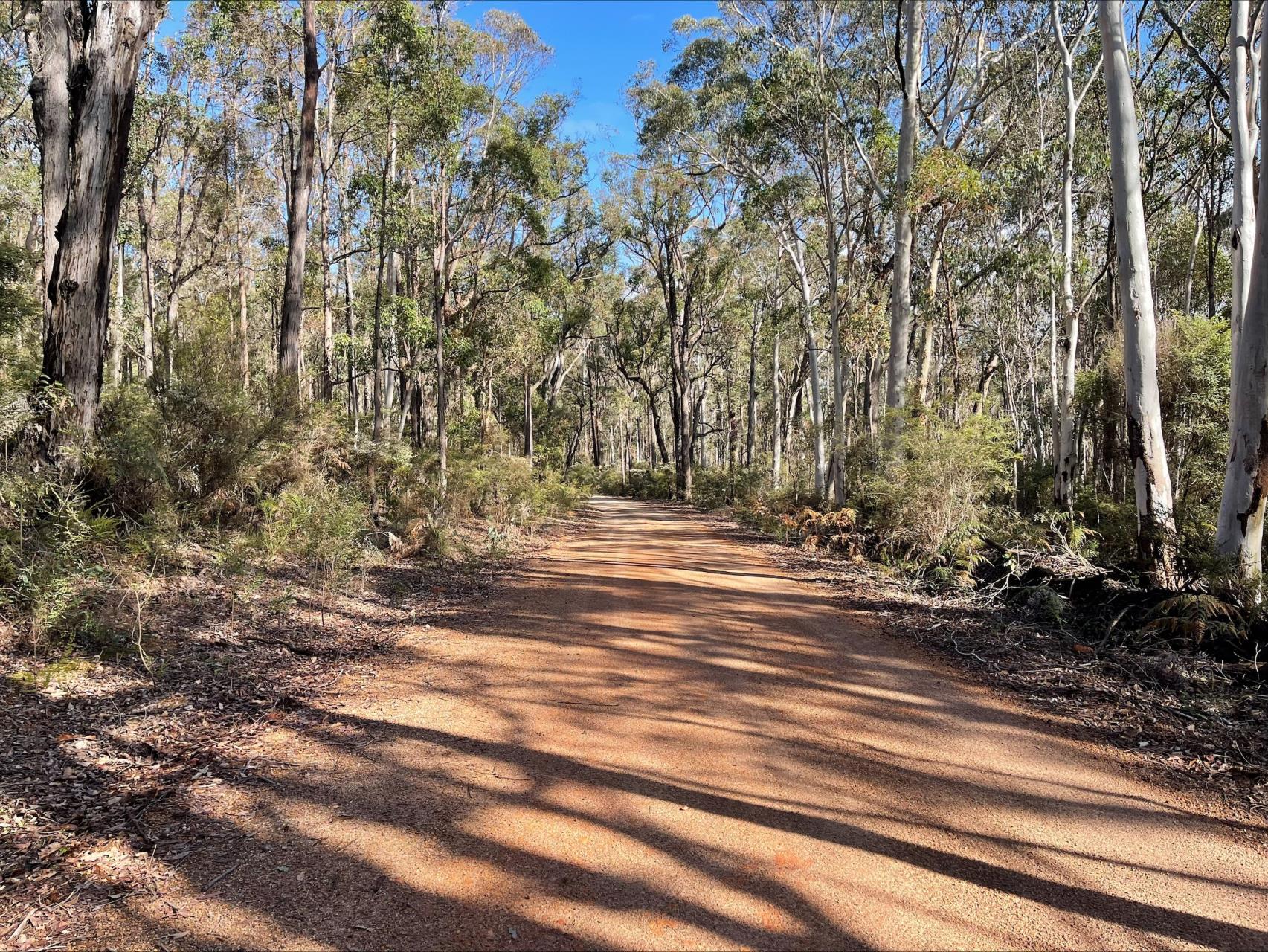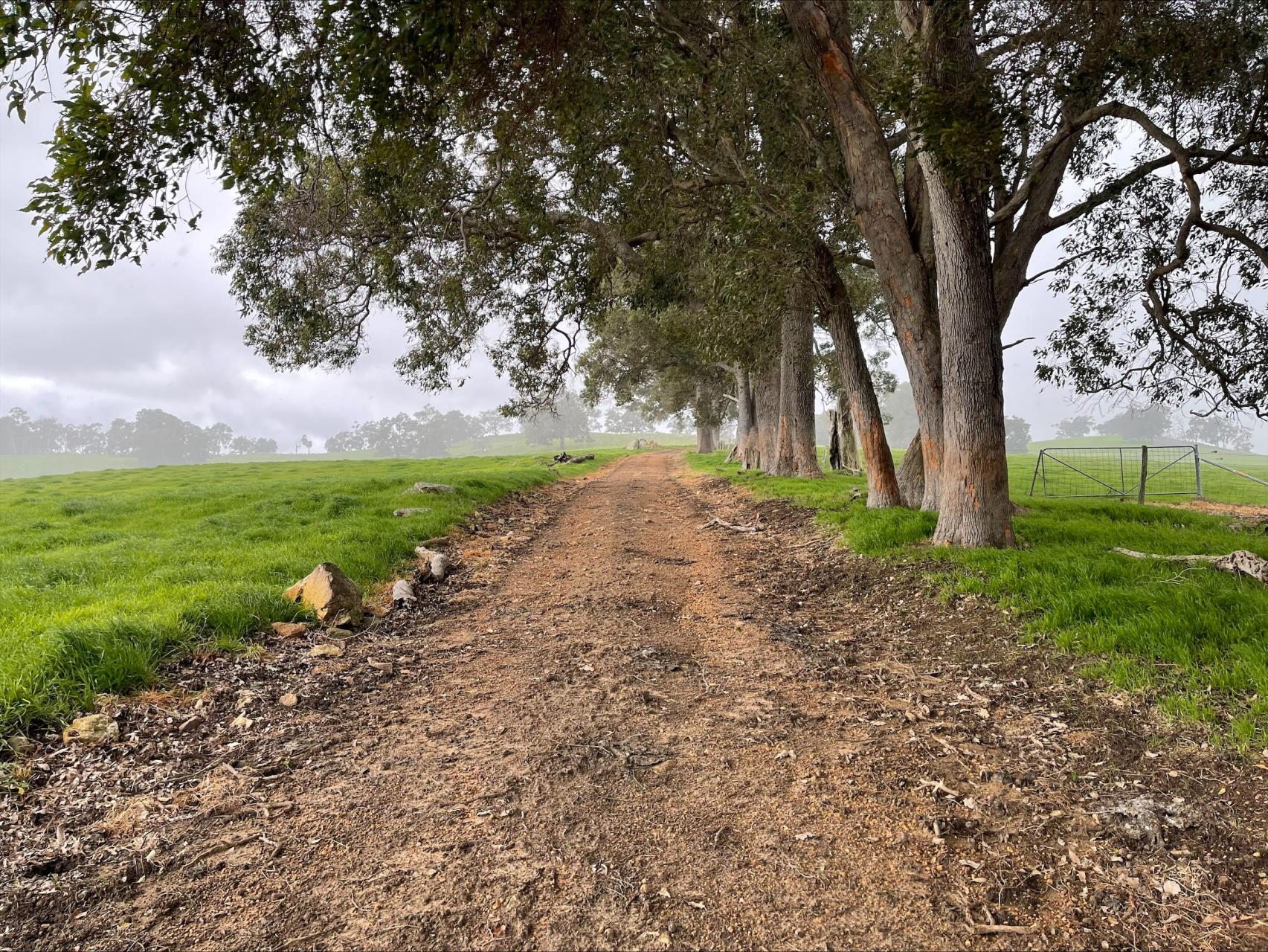Roads and Depot Services
Council is responsible for the maintenance and repair of certain facilities and assets. These include such things as public buildings, ablutions, parks and gardens and roads.
Council employs outside staff including Manager Infrastructure, Mechanic, Plant Operators, Grader Drivers, Truck Drivers, Labourers and a Landscaping Crew.
Road Maintenance
Road Maintenance in the Shire of Nannup
If you would like to report a “Road Hazard” on a Shire of Nannup road such as a fallen tree, flooding or any hazard you feel would possibly cause an accident please contact us by phoning (08) 9756 1018.
Our roads serve as the lifelines of our Shire, connecting us to schools, workplaces and essential services. The safety of all road users is of paramount importance to the Shire of Nannup and maintaining well-constructed road pavements is crucial for the protection and convenience of the community. In our ongoing effort to keep the community informed, the following information explains how the Shire maintains its road network, particularly unsealed roads.
The Shire of Nannup is responsible for over 220 kilometres of unsealed roads and 250 kilometres of sealed roads. Unsealed roads are particularly susceptible to the effects of weather conditions. During dry spells, unsealed roads develop corrugations. Corrugations are mostly formed through loose surface material being displaced as a result of tyre action, vehicle mass and speed. Wet weather can lead to scouring and the formation of potholes. Potholes are established by the stripping of the surface material and the infiltration of moisture. . Fallen trees and wildlife can also pose an unexpected hazard to drivers on all roads.
Due to the factors above it is important that road users remain vigilant and drive to conditions. Please be aware that unsealed roads often do not have posted speed limit signs as the condition of the road cannot be assured therefore drivers must drive to suit conditions.
Road Grading Hierarchy
A road grading hierarchy has been established to assist the Shire apply a level of service that is suitable for a particular road type. To allow this our gravel roads are split into 4 Classes that describe the road construction, use and traffic density.
Class 1 Gravel Road
Well-formed road with 4-6% crossfall for drainage with a minimum carriageway width including shoulders of 8 metres. The surface is well bound and compacted with minimal loose gravel present. These roads serve the purpose of collecting and distributing traffic from local areas, moderate use visitor sites to or from primary or minor roads catering for moderate to higher travel speeds of a full range of vehicles including Trucks and School Buses.
Class 1 roads can receive up to 4 Grades per year.

Typical Class 1 Road in the Shire of Nannup
Class 2 Gravel Road
Formed road with adequate crossfall for drainage, though width can vary between 6 and 7 metres. Surface is gravel sheeted however can from time to time be loose and/or slippery. These roads serve the purpose of collecting and distributing traffic from local areas, moderate use visitor sites to or from primary or minor roads. Caters for moderate travel speeds of a full range of vehicles including Trucks and School Buses.
Class 2 roads can receive up to 3 Grades per year.

Typical Class 2 Road in the Shire of Nannup
Class 3 Gravel / Mixed Surface Road
Surface is mixed gravel and/or natural material. These roads have a variable crossfall with little or no drainage and vary in width. They serve the purpose of linking areas allowing property access and have very low traffic volumes. Caters for lower travel speed and full range of vehicles.
Class 3 roads can receive up to 2 Grades per year.

Typical Class 3 Road in the Shire of Nannup
Class 4 “Track”
Predominantly a single lane earth track (unformed) at or near the natural surface level. Provides access primarily for four wheel drives and those vehicles with higher clearance. Caters for very low travel speed and traffic volumes are very low.
Expect little if no maintenance grading.

Typical Class 4 Track in the Shire of Nannup
ROAD MAINTENANCE MAP
Please use the link below to access the Shire of Nannup “Road Maintenance Map” which provides information about the Shire’s unsealed road grading schedule, hierarchy classes and any important road information, conditions or issues within the Shire of Nannup.
Road Maintenance Map
Maintenance Grading
The main purpose of maintenance grading is to provide a good running surface and to form cross falls on a road so that water runs off and does not pool. Water pooling on roads causes pot holes when vehicles drive through them.
To achieve favourable compaction during maintenance grading, the gravel must have the optimum moisture content to achieve maximum road pavement density.. Too little or no moisture reduces cohesion of the gravel particles and prevents them binding together Too much moisture allows the gravel particles to move, which causes the road pavement to be prone to “shear failure”.
To ensure road pavement integrity, gravel should be made up of well-graded soil particles that are evenly distributed. This ensures that the larger particles (19mm diameter) lock into each other and the smaller particles fill the voids between the larger ones. Finer particles, when mixed with the correct amount water act as the glue to bind the pavement together. A well graded gravel pavement provides structural integrity that can withstand dynamic vehicular loads.
Maintenance grading is scheduled based on a rotational system, depending on the hierarchy of the road. Built into the maintenance schedule is the flexibility to account for seasonal variability in weather conditions. Road conditions such as roads being “too wet” or “too dry” can dictate when and if roads get graded. Maintenance grading may also include road drainage such as cutting in table and off shoot drains.
During months when roads have moisture present a multi tyre roller attached to the maintenance grader can be used to compact roads. Summer grading when carried out is done without compaction due to lack of moisture present.
Requesting a road to be graded
When a request to grade a road is received, the road will be inspected, assessed and considered within the broader context of maintaining the entire unsealed road network.
This consideration is based on its overall condition, whether it is a school bus route, the category of road, existing traffic load, what effect grading is likely to have on the road and availability of the grader. Sometimes, the Shire may deem it unnecessary to grade a road, which may be to the dissatisfaction of the road users of that road, however this ensures that ratepayers resources are used judiciously and maintenance efforts are aligned with the grading schedule.
Changing Road Conditions and Your Safety
Over time, unsealed roads can become corrugated, potholed, rough, slippery, muddy and/or dusty. It is important that drivers remain vigilant when driving on unsealed roads due to these changing conditions.
- REDUCE YOUR SPEED AND DRIVE TO SUIT THE CONDITION OF THE ROAD — Drivers are responsible for their own safety, that of their passengers and other road users. Driving at speed on unsealed roads can be hazardous Please drive at an appropriate speed that suits the conditions. Remain aware and alert to other road users - you may not be the only driver on these roads.
- UNDERSTAND Gravel Roads and EXPECT THE UNEXPECTED — They may be rough, muddy, slippery, corrugated and dusty at times and never assume an unsealed road is going to be the same as it was the last time you drove on it.
- REPORT ROAD HAZARDS AND HAZARDOUS CONDITIONS – Assist your local council by reporting road hazards and hazardous conditions. Contact the Shire of Nannup on (08) 9756 1018
- KEEP HEAVY VEHICLE MOVEMENTS TO A MINIMUM — In wet conditions, Heavy vehicle users must postpone heavy vehicle movements until the road has dried out. (Please note: Use of Restricted Access Vehicles on Shire of Nannup owned roads both sealed and unsealed requires prior approval before operation on these roads. Use of these sized vehicles on unsealed roads while wet is not allowed)
Reporting a Road Hazard and General Enquiry
Should you need to report a road hazard or have a general enquiry regarding Shire owned roads in the Shire of Nannup please contact us by:
Phoning our Administration Office on (08) 9756 1275
Using our Website “Contact Us” page: https://www.nannup.wa.gov.au/Contact-Us.aspx
Email nannup@nannup.wa.gov.au
Or by visiting us at: 15 Adam Street Nannup WA
For all Main Roads and Highway related enquiries phone Main Roads WA on 138 138 or go to their website https://www.mainroads.wa.gov.au/contact-us/
For all enquiries relating to Department of Biodiversity, Conservation and Attractions roads and tracks please call (08) 9219 9000 or go to their website https://www.dbca.wa.gov.au/contact
Finally please be aware that from time to time you may come across our Maintenance Grader working on our roads (there will be warning signs in place) so please slow down as you pass and maybe give the operator a wave to show they are appreciated.
Thank you and safe driving
Private Works
The Shire also complete private works, if you would like further information please contact Manager Infrastructure on 9756 1018
Click here to download a copy of the Fees and Charges.